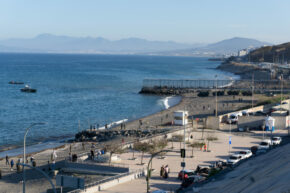

Bastian Vollmer
Professor of Social Sciences
Catholic University of Applied Sciences Mainz (CUAS Mainz)
This Working Paper investigates the evolving landscape of migration narratives in Germany, focusing on three pivotal events: the ‘migration crisis’ of 2015, the humanitarian catastrophe at the refugee camp ‘Moria’ in 2020, and the acceptance of Ukrainian refugees in 2022.
Employing a multi-dimensional approach, the research scrutinizes narratives across media, political debate, and policymaking in terms of their key elements (characters, setting, plot and moral) as well as their style (lay vs. technocratic).
The study delves into whether and how media narratives are embraced, adapted, ignored or rejected in political debates and policymaking. While political debates largely embrace media narratives, even retaining their lay style, policymaking exhibits a more varying relationship. The coordinative sphere shows a convergence with media narratives in certain cases, such as the ‘migration crisis’ of 2015, but also reveals divergence, particularly in the case of ‘Moria’ in 2020.
On a broader level, our research identifies variations in consensus and controversy between the communicative and coordinative spheres, with the 2015 and 2020 case studies demonstrating differing patterns. Additionally, the study highlights the distinct approaches of opposition and government parties in the coordinative sphere, emphasizing how opposition parties often extend lay-style narratives from the communicative sphere into policymaking.
In conclusion, this research offers valuable insights into the complex interplay of public sentiment, media discourse, political dynamics, and policy formulation in the context of migration narratives in Germany. The findings contribute to a deeper understanding of the intricate relationships between these spheres and how narratives might impact policymakings processes in specific contexts.







